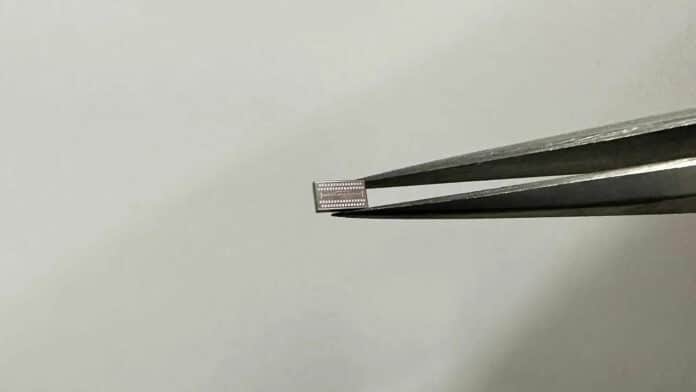Radar sensors with ultrahigh range resolution, accuracy, and sensitivity have great potential in various noncontact sensing applications. Researchers at the University of California, Davis, have developed a proof-of-concept sensor that may usher in a new era for millimeter-wave radars.
Millimeter wave radars are devices that send fast-moving electromagnetic waves to targets to analyze their movement, position, and speed from the waves bounced back. These sensors operate in the millimeter wave frequency range and have been used in a variety of industries, including automotive, telecommunications, aerospace, and security.
It enables fast communication networks, such as 5G, and is desirable for its short-range sensing capabilities. However, it can be tough to work with due to the high power consumption and limited performance of semiconductors at these frequencies.
While working on the design of their chip, researchers found that they encountered a major hurdle. The high frequencies involved resulted in an enormous amount of noise being generated. This made it almost impossible to detect the signal when investigating thin objects, such as a leaf.
“It seemed really impossible because the noise levels that we were looking at were required to be so low that almost no signal source could actually handle it,” Professor Omeed Momeni said.
To overcome the challenge, the team came up with the idea of implementing a noise-canceling system in their device. They quickly assembled a prototype to test the idea, and it worked perfectly on the very first attempt, even when targeting the tiniest of objects.
The new sensor detects vibrations a thousand times smaller and changes in a target’s position one hundred times smaller than a strand of human hair. This makes it better or on par with the world’s most accurate sensors. Moreover, it is the size of a sesame seed and is also inexpensive and energy-efficient.
The researchers claim that by using this technique, the millimeter wave sensor could detect all the required information without becoming “drowned out” by noise. This innovation is the reason behind the high accuracy rates of the sensor.
In addition to this, Wang’s chip features a unique design that makes it easy to produce and greatly improves the energy efficiency of the millimeter wave sensor. Additionally, because the noise-canceling process only involves simple arithmetic operations, the chip design remained relatively simple.
These advancements may potentially solve two of the major challenges faced by millimeter wave sensors: high energy consumption and limited performance of semiconductor transistors in terms of noise, gain, and output power.
